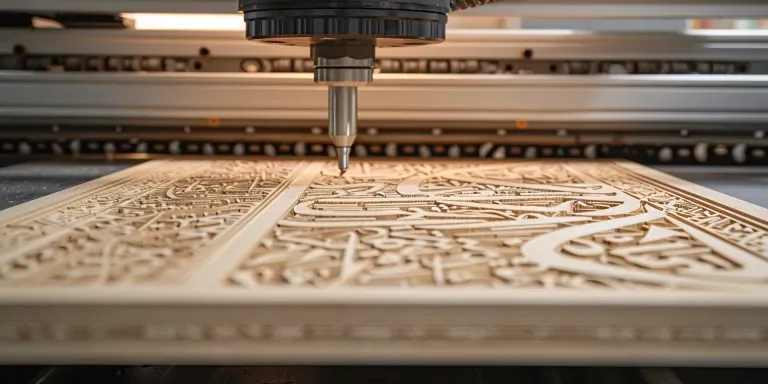Laser cutters are marvels of modern engineering, offering unparalleled precision and efficiency in cutting various materials. From intricate designs on wood and metal to fabric and acrylic, these machines have revolutionized manufacturing and DIY projects alike. This article delves deep into the workings of laser cutters, how to use them, their cost, and the top models available today.
Table of Contents:
– What is a laser cutter?
– How do laser cutters work?
– How to use a laser cutter
– How much does a laser cutter cost?
– Top laser cutter models
What is a laser cutter?
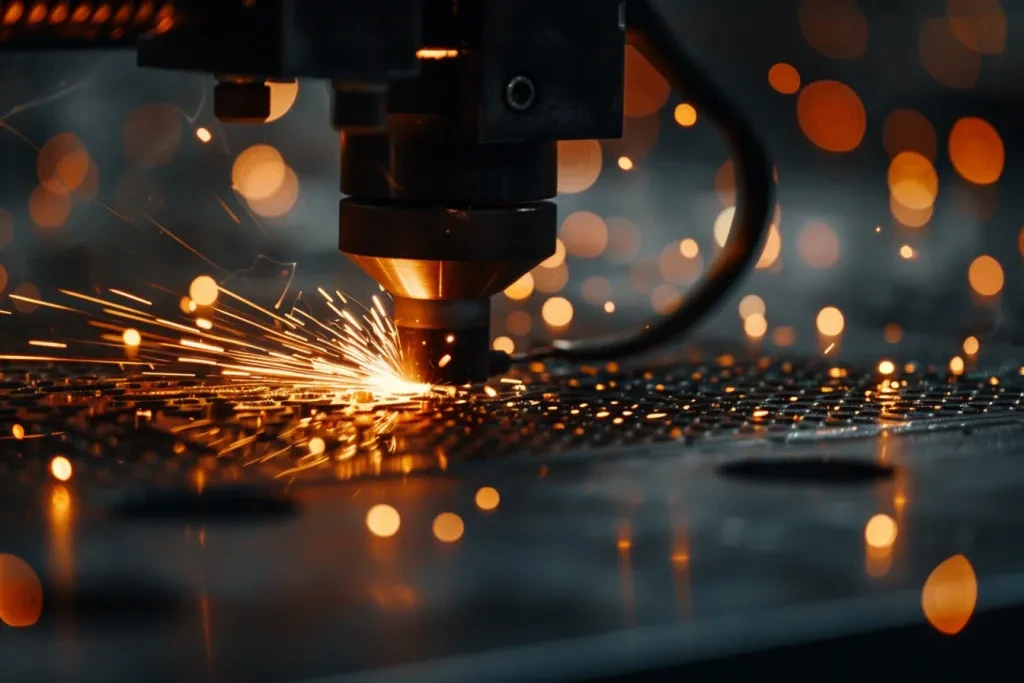
Laser cutters are advanced machinery that use a high-powered laser to cut or engrave materials with extreme precision. The term “laser” itself is an acronym for Light Amplification by Stimulated Emission of Radiation, which hints at the process these machines use to generate the cutting beam. They are versatile tools used in various industries, including manufacturing, jewelry, fashion, and even in schools for educational purposes. The ability to make precise cuts and engravings on a wide range of materials makes laser cutters invaluable to professionals and hobbyists.
How do laser cutters work?

The core of a laser cutter’s functionality lies in its laser beam, which is generated in the laser tube. This beam is then directed towards the material through a series of mirrors and finally focused onto a very small point through a specialized lens. The intensity of this focused laser beam is so high that it melts, burns, or vaporizes the material it touches, allowing for clean cuts with minimal kerf (the width of the material removed). The process is highly controlled, with the machine’s software determining the path, speed, and power of the cut, making intricate designs and precise cuts possible on a variety of materials.
How to use a laser cutter
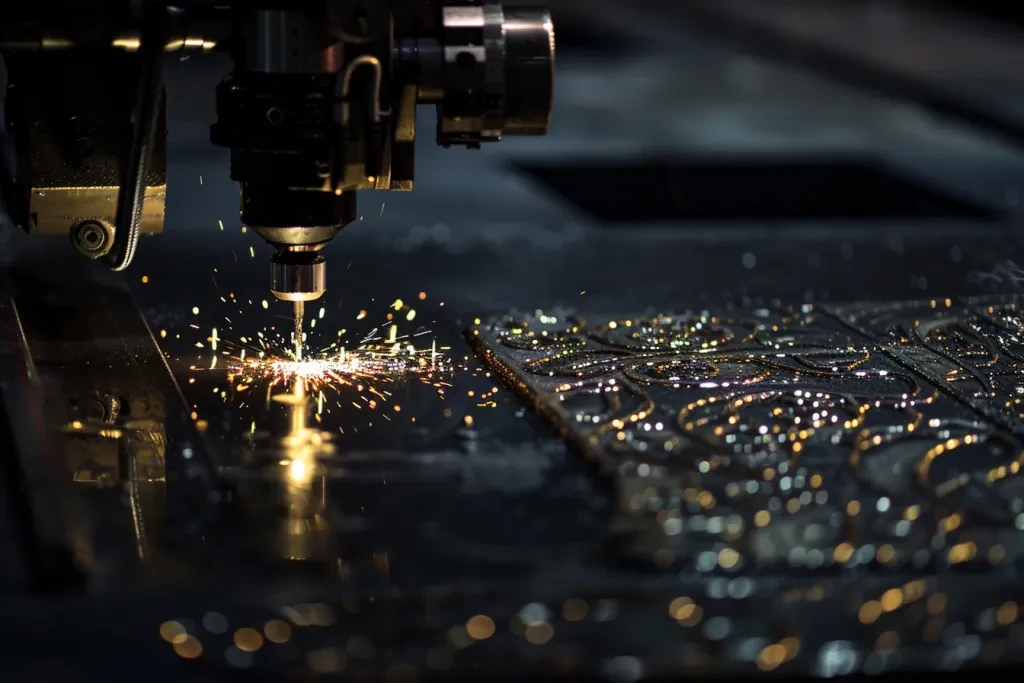
Operating a laser cutter involves several key steps, starting with the design phase. Users typically create or download a digital design, which is then imported into the laser cutter’s software. This software allows for adjustments to be made to the design, such as resizing, repositioning, or changing the cutting/engraving depth. Once the design is finalized, the material is placed on the cutting bed, and the machine settings are adjusted based on the material type and the desired outcome. The laser cutter then follows the digital design, cutting or engraving the material with high precision. Safety is paramount when operating these machines, so proper ventilation, protective eyewear, and adherence to the manufacturer’s guidelines are essential.
How much does a laser cutter cost?
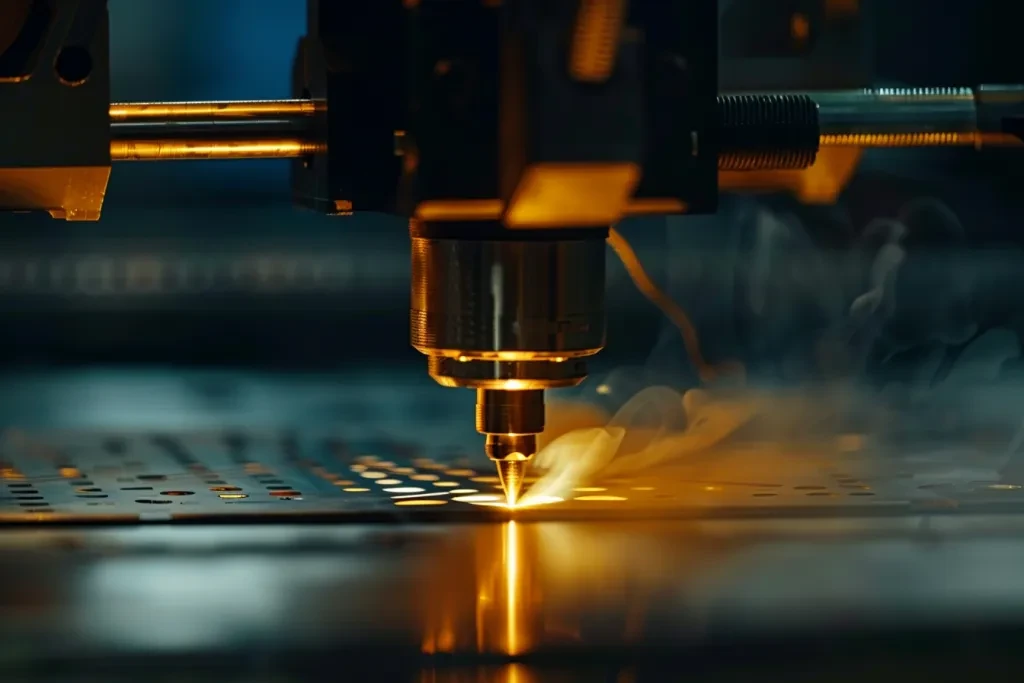
The cost of laser cutters can vary widely based on their size, power, and capabilities. Entry-level models suitable for hobbyists and small businesses can start as low as $200 for very basic, low-power machines, and can go up to $3,000-$5,000 for more advanced models with higher power and larger cutting areas. Professional-grade laser cutters used in industrial settings can skyrocket in price, often ranging from $10,000 to over $50,000. The price is influenced by factors such as the laser’s power (measured in watts), the machine’s size, the quality of components, and the software capabilities. When considering the cost, potential buyers should also account for operating expenses, including power consumption, replacement parts, and maintenance.
Top laser cutter models
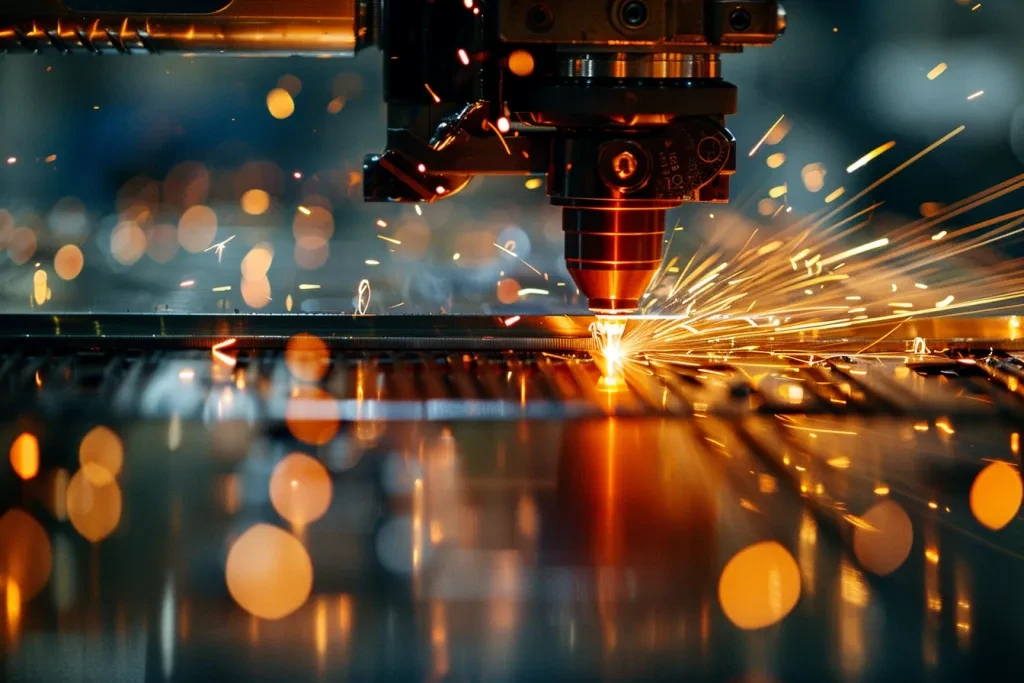
The market for laser cutters is vast, with models catering to every need and budget. Some of the top models include the Glowforge Pro, which is renowned for its user-friendly interface and versatility, making it a favorite among hobbyists and small businesses. For those looking for industrial-grade performance, the Epilog Fusion Pro series offers high-speed, high-quality cutting and engraving with a large work area. Another notable mention is the Dremel Digilab LC40, which strikes a balance between performance and affordability, offering excellent precision and ease of use for educators, makers, and small businesses. Each of these models represents the cutting edge of laser cutter technology, with features and capabilities designed to meet the needs of a wide range of users.
Conclusion:
Laser cutters are powerful tools that offer precision cutting and engraving on a variety of materials. Understanding how they work, how to use them safely, and what models are available can help individuals and businesses make informed decisions about incorporating these machines into their work. Whether for professional manufacturing, educational purposes, or personal projects, laser cutters can unlock new possibilities in design and fabrication, making them a valuable addition to any creative toolbox.
